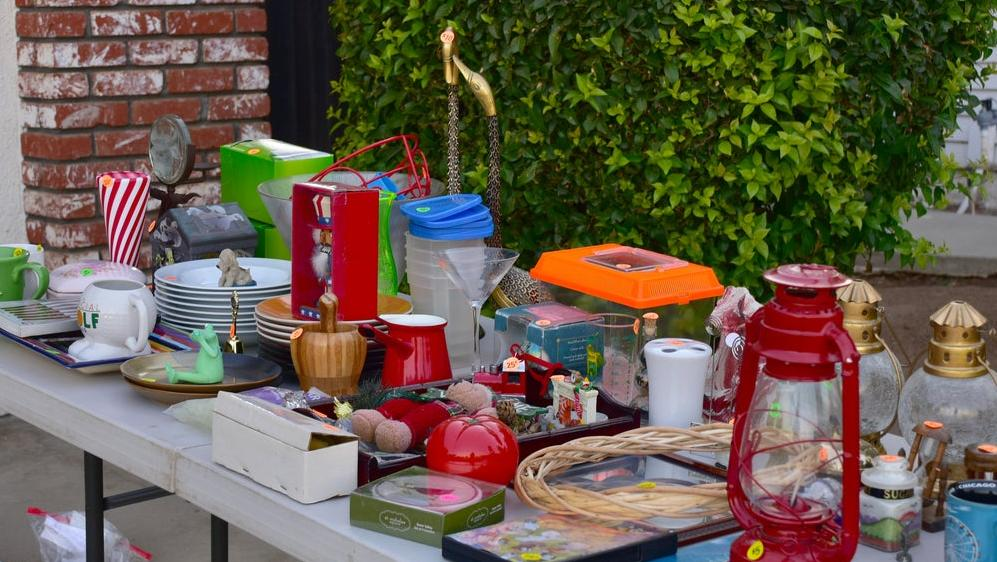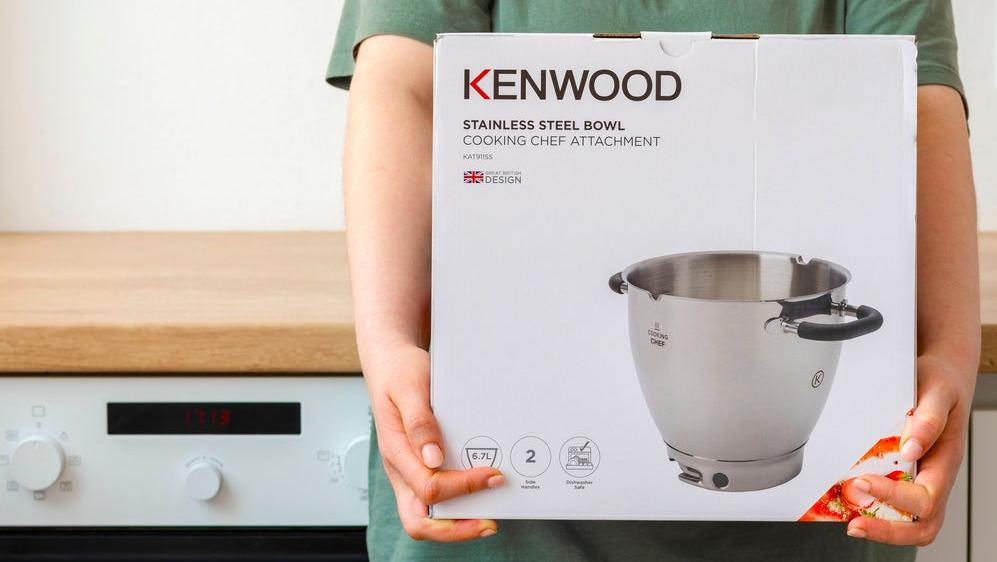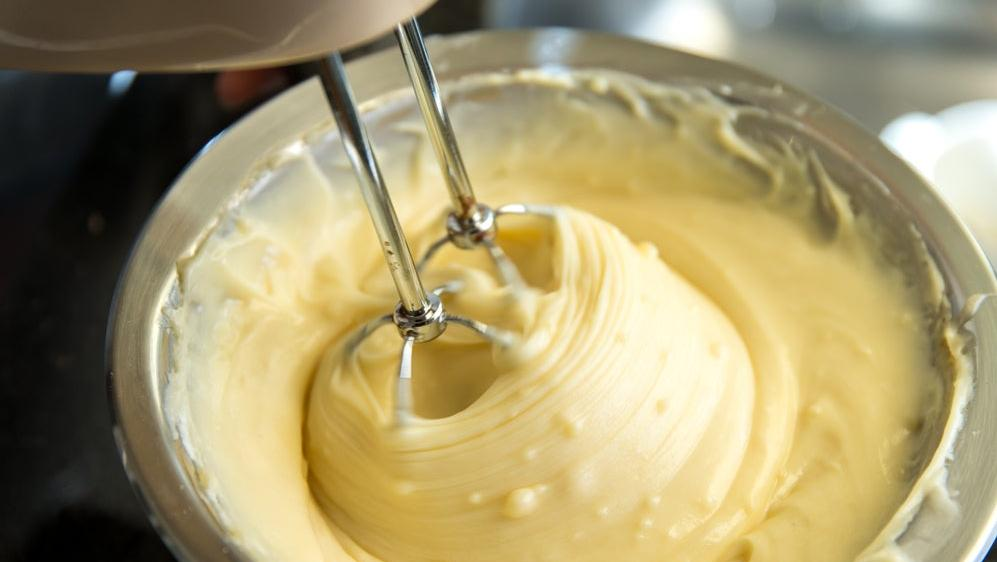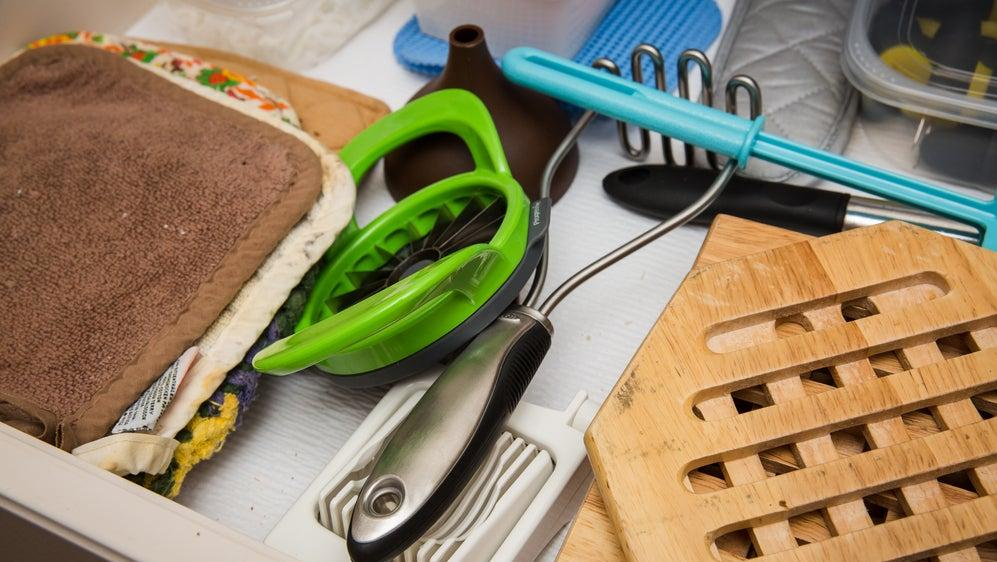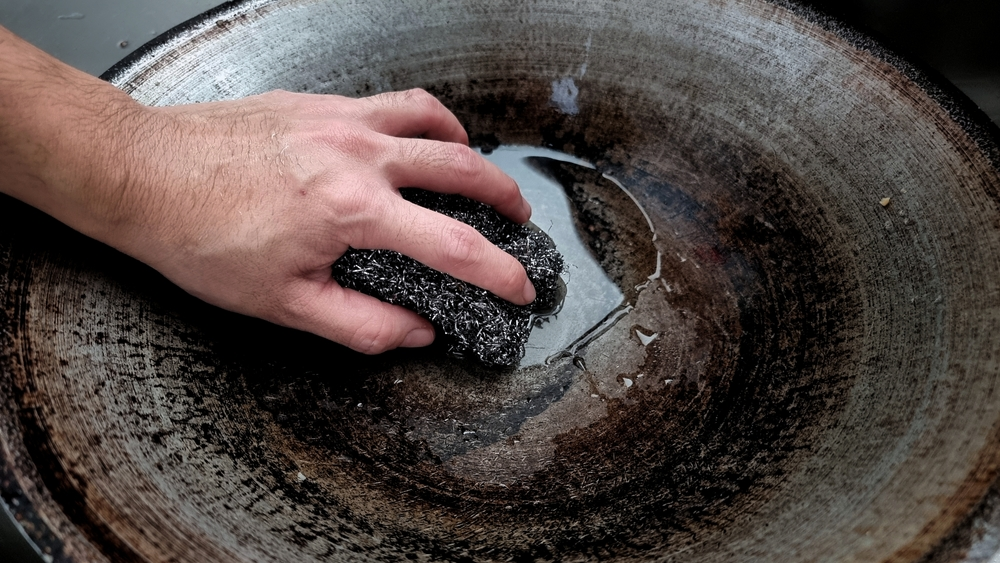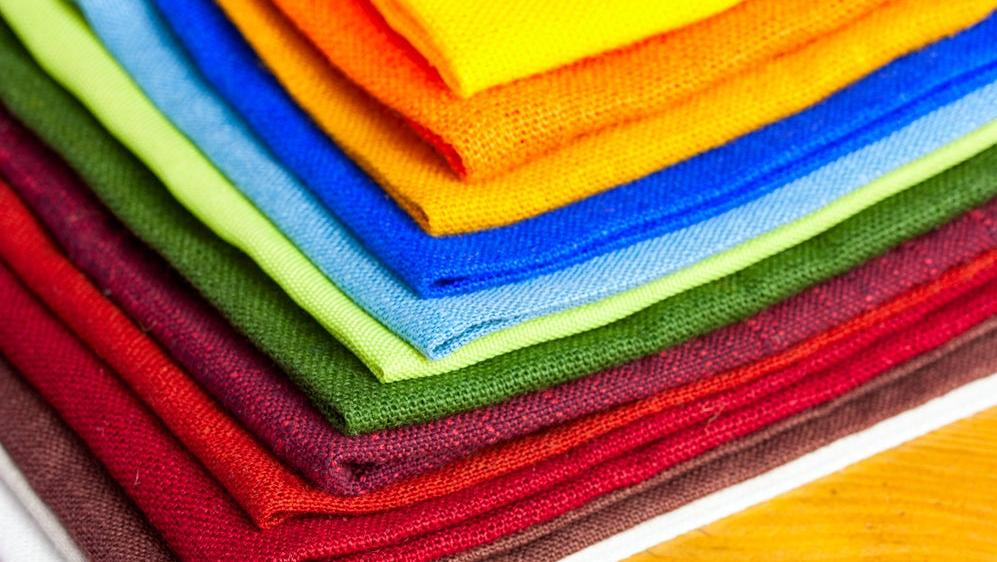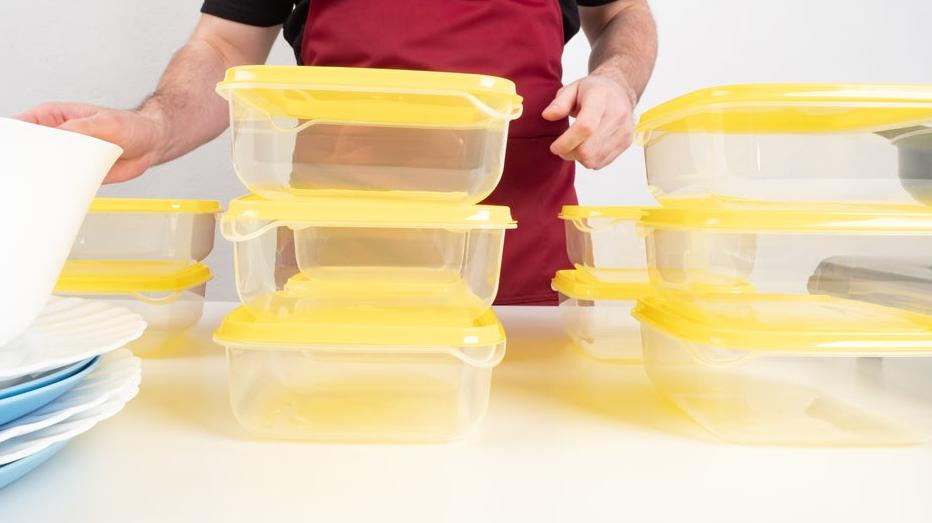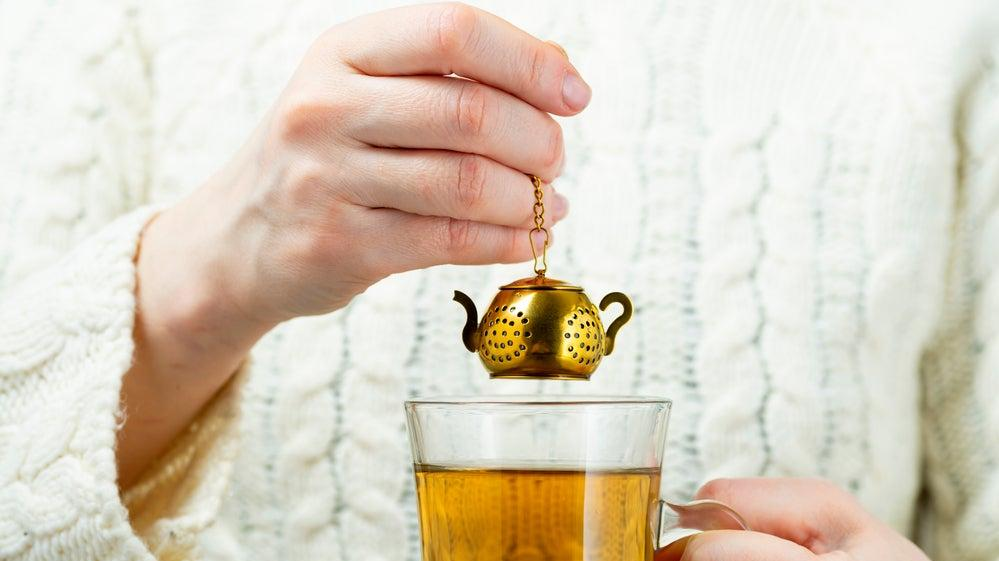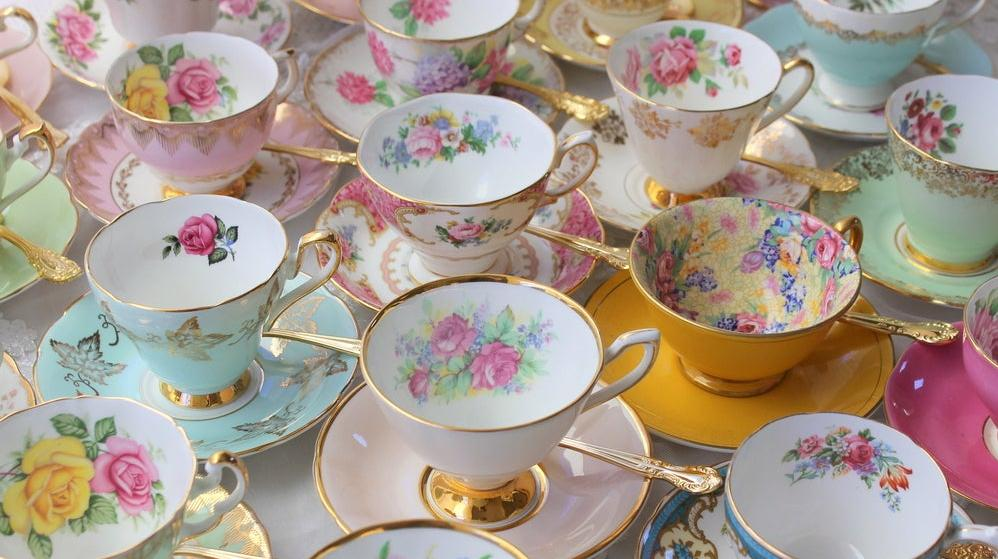8 Questions To Ask Before Buying Secondhand Kitchen Stuff
A guide to what's fine, and not fine, to buy on the cheap.
I go to a lot of estate and garage sales, walking past the jewelry and wall art and heading straight for the kitchen. There, I go through everything from dishes and cookware to linens and small appliances. (I joke that if you're tempted to buy the latest electronic fad, wait a year, because it will show up at a garage sale.)
Even though it's fun to browse Sur La Table or Williams-Sonoma, the real finds are things people have already used—or haven't used. You can find a surprising amount of fresh merchandise at these sales, which might have been wedding or baby shower or housewarming gifts that were never put into rotation. I have a few rules, however, about which items to avoid purchasing secondhand. Hopefully these guidelines save you the aggravation of finding out that a "bargain" was just a waste of your money.
What condition is the item in?
Your mission is to find something that you could take home and use right away. Brand new with tags is the ultimate goal, but well-made household items ought to stand up to years of use, especially if the owner took good care of them. Avoid anything that's visibly cracked, nicked, or missing a decorative feature, like a rosette or silver trim.
Will this appliance burn my house down?
Even if your find is in the original box, take it out and inspect it. Check the wiring and plug it in, if you're able. Be particularly careful with items made before grounded outlets became standard features; that quaint two-pronged plug on a vintage toaster could blow out a fuse or, worse, take down your neighbor's power. Don't laugh—the lights in our 1865 New Orleans apartment building flicker even on a sunny day, which is why I recently took a lamp that's a family heirloom to a repair business.
If something is of more recent origin, it's fair to ask the sellers why the appliance is in the sale. If they give you a long answer about failing to figure out how it worked, that might be a signal that you'll find it confusing, too. Likewise, if they reply, "Oh, it's a duplicate, we love the one we have," that's a good sign.
Any missing parts?
Sure, the Oster blender without a top is marked down to $1, and yes, over on that table is the Robot Coupe that your mother owned in the 1980s, blades not included. Beware of missing parts, no matter how tempting the item might be. Even you're sure you can come up with replacements, your search for them will take time and probably cost more money than the deal you're getting. It isn't unusual for some gadgets to be missing pieces—stand mixers come with so many accessories that owners can be forgiven for getting rid of those they didn't use. But you'll want to know you're at least getting the basics, like the bowl and a couple of attachments.
How much elbow grease will it need?
You might think "distressed" is chic, but your guests could look askance at tarnished silver, dark streaks on copper, and soap film on glassware even after it's gone through the dishwasher. Before you take it home, consider how much elbow grease will be needed to bring it up to usable shape and transform it into something your family and friends will want to use. Shy away from a tea service if it looks more ebony than shiny; you might find out that it needs expensive re-plating that will cancel out your deal.
There are lots of household hints for polishing metals, and multiple improvement products on the market. But you have to factor in the expense as well as the cost to your time. You friends might not be understanding if you cancel brunch because you're scouring that irresistible French jam pan.
Can I deal with stains?
I love vintage napkins, tablecloths, and pillow cases, especially the hand-embroidered kind. However, I've been fooled once or twice when I opened a perfectly folded piece and found that it was stained. Likewise, some antique fabric requires hand washing, which is why it stayed in the cupboard. Keep in mind that pre-polyester fabrics such as linen and cotton will require ironing as well.
How about these storage containers?
Garage sales seem to be where Rubbermaid containers go to die, and food storage is an area where you should be careful before making a purchase. Never buy anything with food stuck to it (yuck!), and dismiss any plastic that's discolored or has the aroma of what was once stored in it. Those midcentury kitchen counter sets might look cute or kitschy, but inspect each piece to make sure there's no flour, sugar, or coffee residue. You don't want to accidentally bring home bugs.
Is there a clear use for this?
We all love a few quirky accents in our kitchen. Sometimes, you simply fall in love with teapots shaped like cats, giant wine coolers that look like they're straight out of Hollywood, or intricate crystal goblets that have far more class than your usual water glass. Before you whip out your credit card or Venmo the seller, make sure you have a clear use for these quirky objects. You don't want to find these must-haves buried in the shopping bag in your hall closet months later.
How will I use it?
I recently cleared out a storage unit in preparation for my move to New Orleans and held a massive estate sale of my late mother's things. I've now pared down to the items that I really want to own. Before I buy anything now, full priced or used, I ask myself: How will I use it? My days of snapping up objects solely because they were a good deal are behind me.
If your buyer's resistance is low, take someone with you to garage sales and estate sales and have them ask you that before you whip out your cash, card, or Venmo. If you can come up with a logical answer, you can absolutely justify it, but that 10-piece storage set with half the lids missing and the obvious tomato stains probably will not pass muster.
